Homes
Practical advice, real-life reviews and design inspiration to help you create the home you’ve always wanted.

The best biscuits: Your favourites ranked for taste, dunkability and health

What's the best rug size for my living room?
We've got expert advice on how to choose the right size rug for your living room and the best style for you.
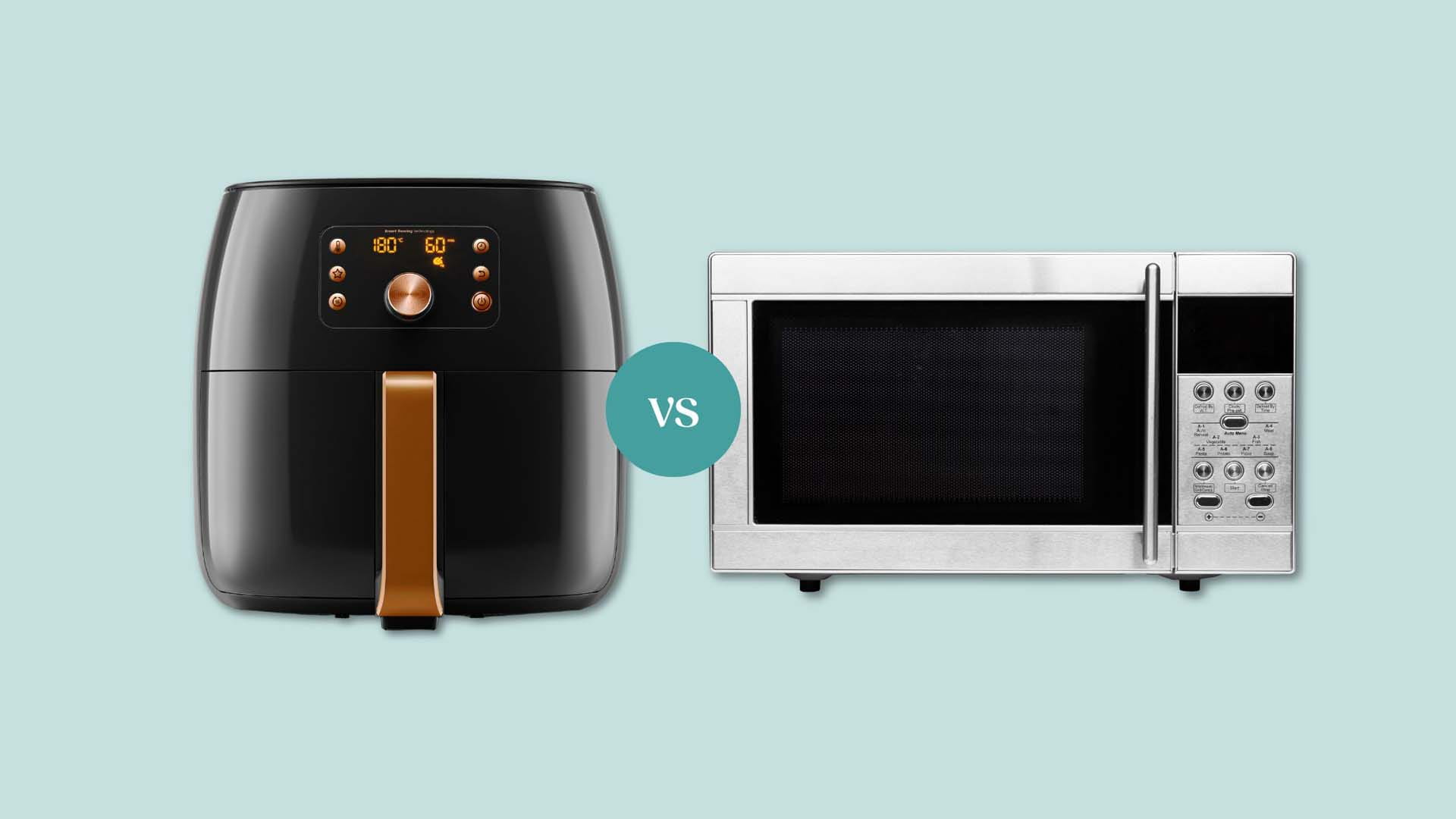
Air fryer vs microwave - which one is right for you?
Both sit nicely atop your kitchen counter, but is one better than the other?

8 breakfast bar ideas for a more sociable kitchen
Looking for breakfast bar ideas that are high on purpose and style? Our experts have all the options.
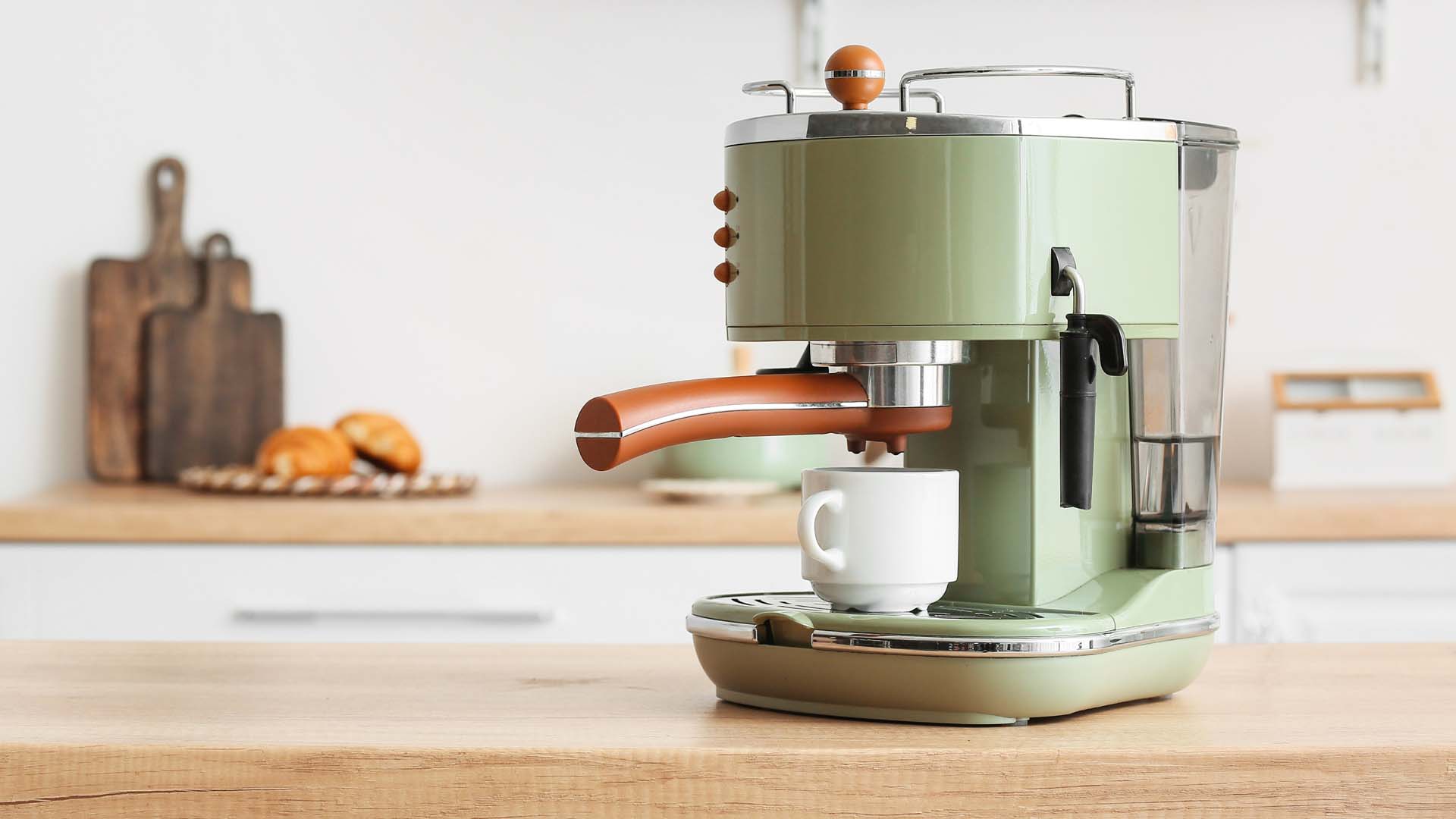
7 common coffee machine problems, and how to fix them
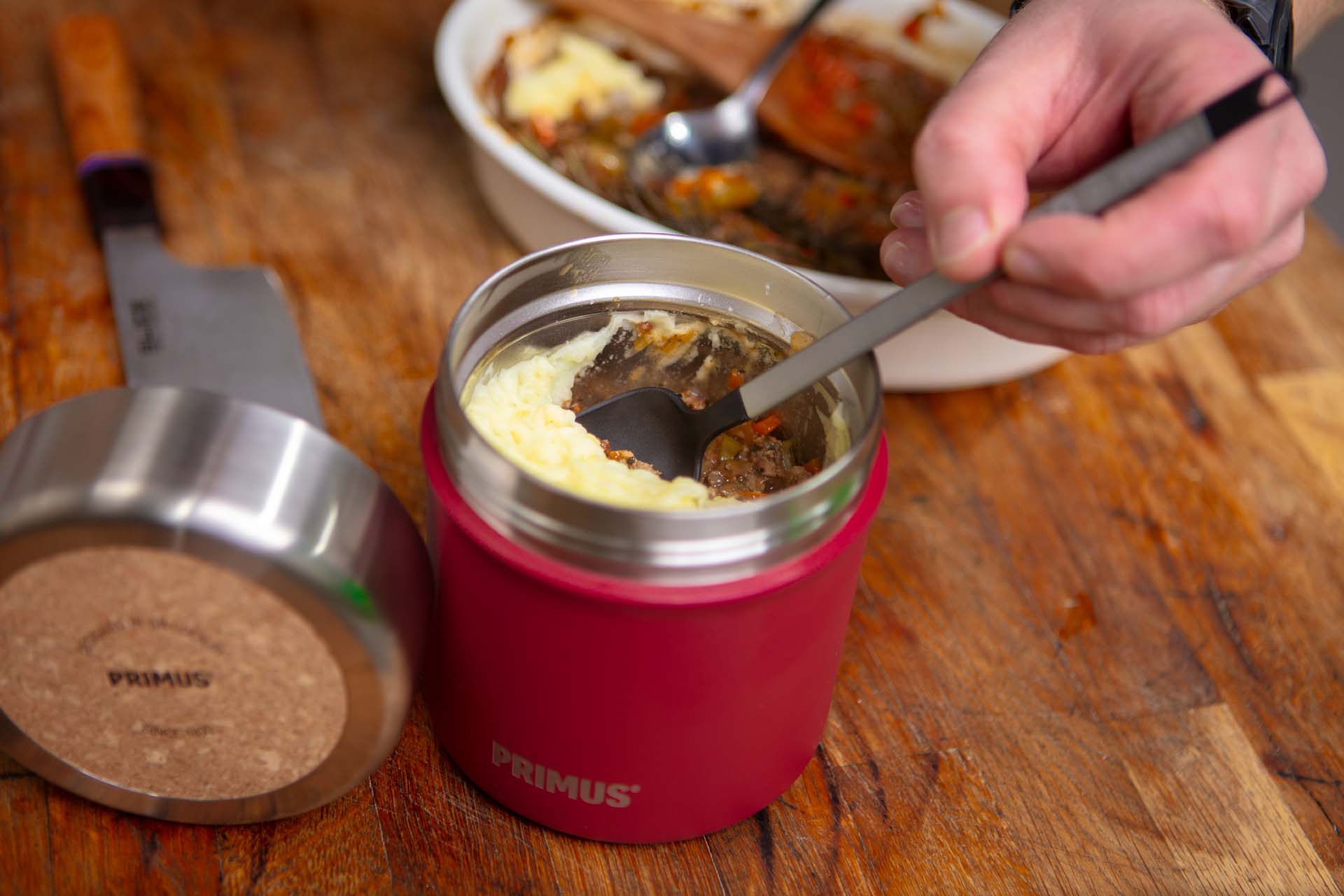
Food for your flask – take your dinner outdoors
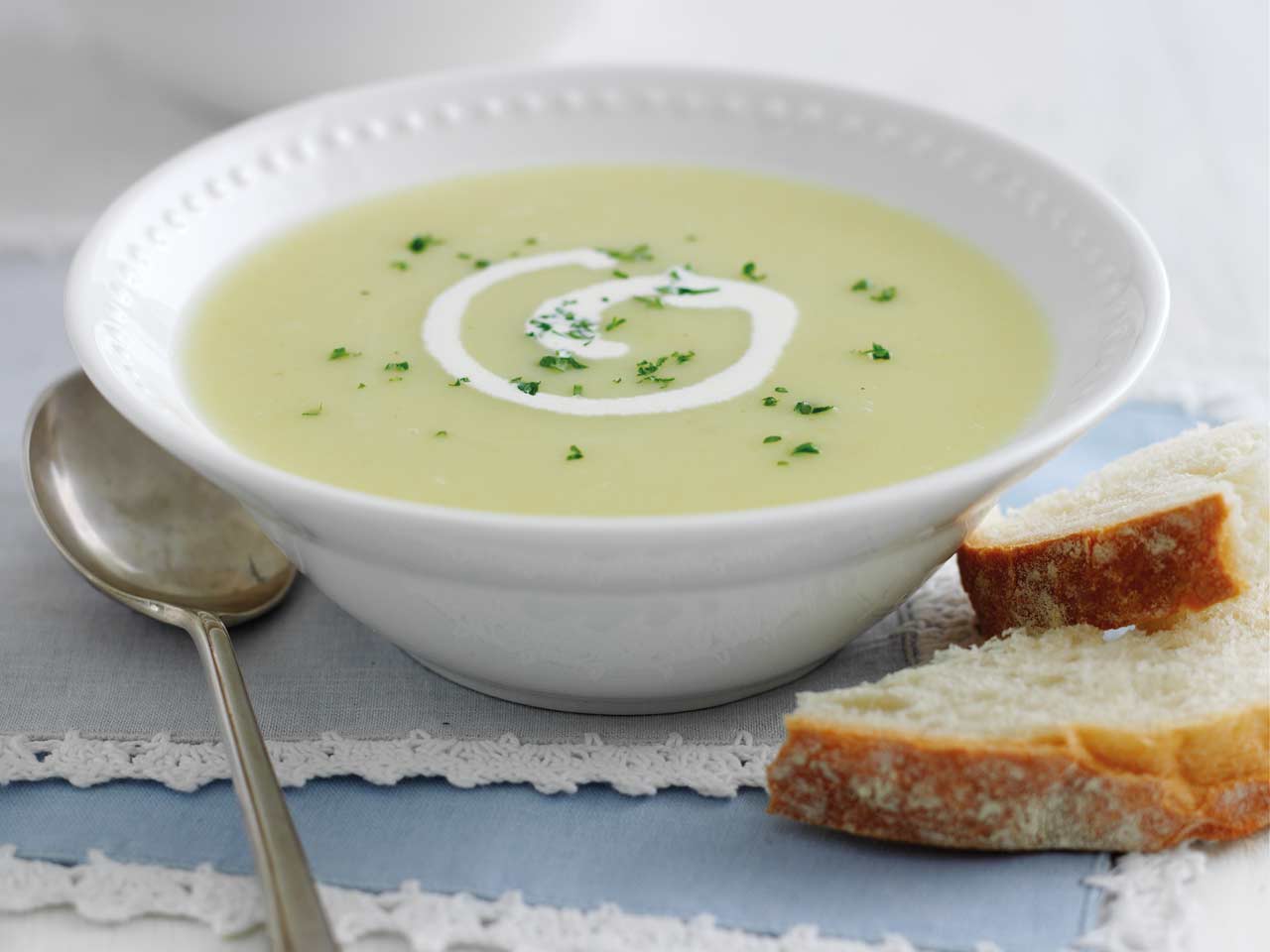
Mary Berry's leek and potato soup recipe
Leek and potato soup is a classic that can be enjoyed at any time of year - try Mary Berry's recipe with her tips for a perfect velvety soup.
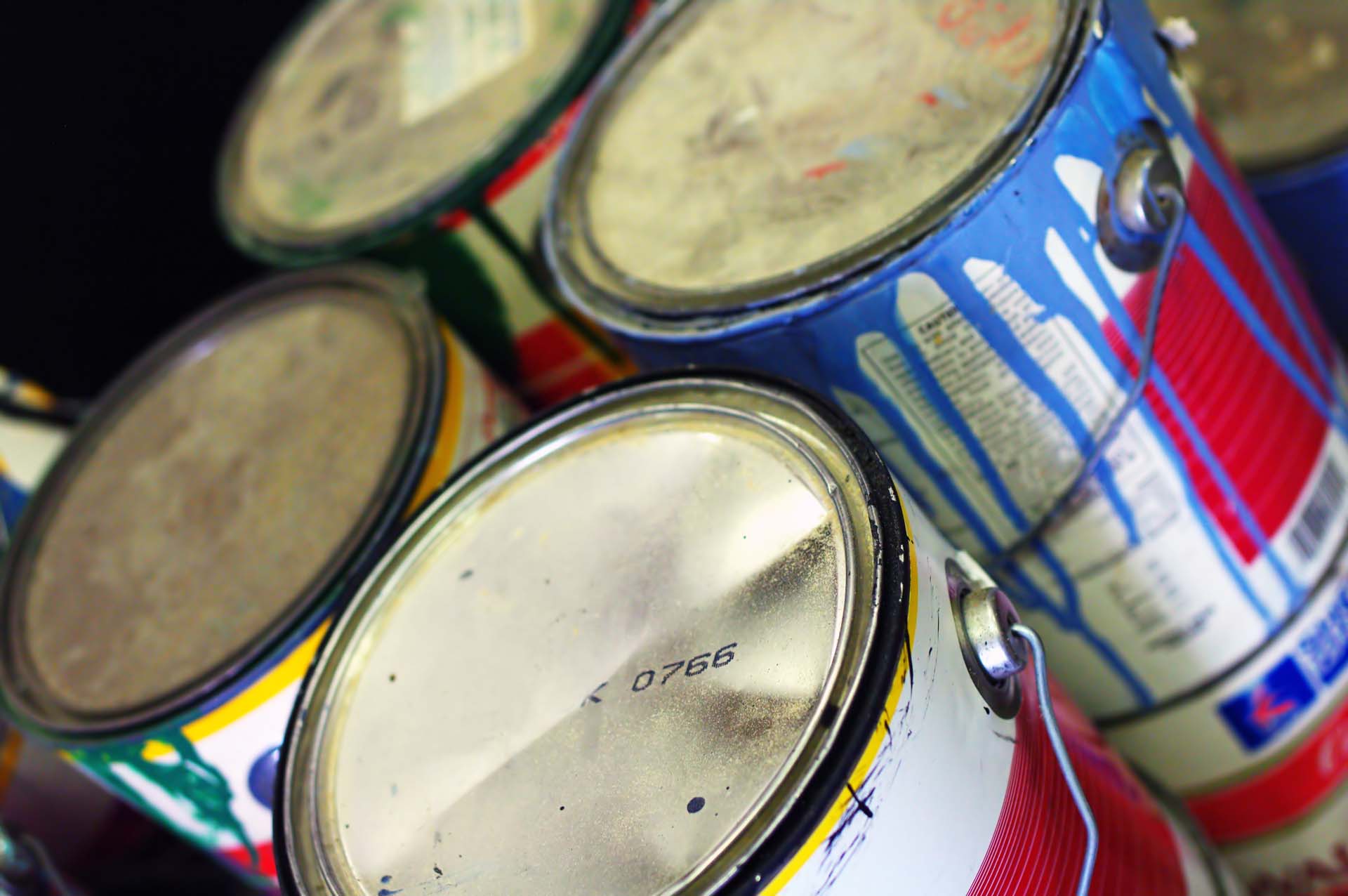
What can't you put in a skip? 13 items that will get you into trouble

Water bills explained: Understanding your charges
We tell you how to understand your water bill, whether you are on a metered or unmetered supply.

Looking for the best two-colour combinations for a living room? Here are 10 perfect duos

The best bedroom colours for a good night's sleep

11 genius small kitchen storage ideas
Learn the secrets to compact kitchen organisation from the design experts.

Small furniture ideas for a compact conservatory

Tupperware: Your memories of the tubs that changed our lives

Perfect for browsing at home or on the go, the Saga Magazine app is packed with exclusive digital only content including interactive puzzles and games. You can even listen to some articles with our new audio feature.
Play our free daily puzzles
Beat the boredom and exercise your mind with our selection of free puzzles.



